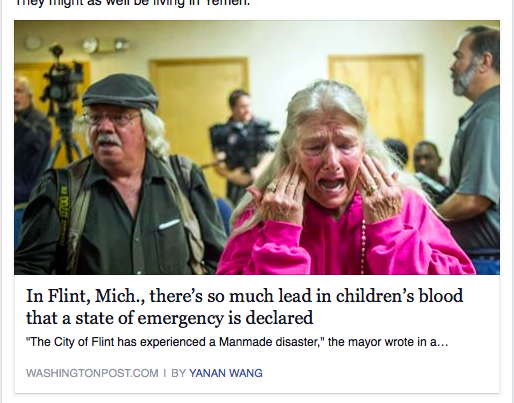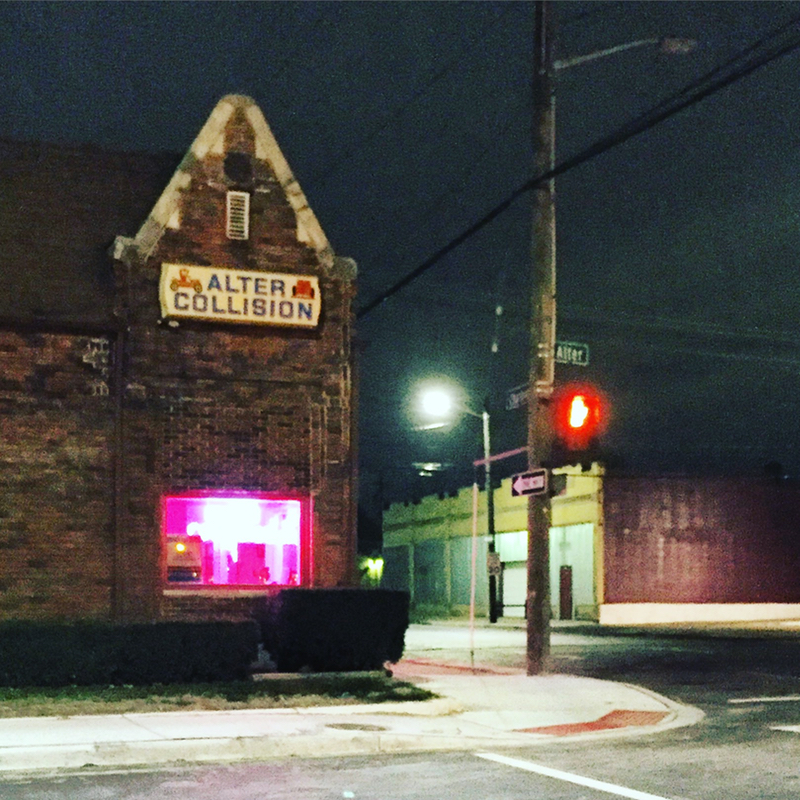The cruel term for the sports desk within newspapers is, or used to be, the Toy Department. A cruel moniker and undeserved — a well-curated sports desk should have some of the best writers at the paper, because, when you think of it, they really have the sow’s ear/silk purse job at the paper, even more than the guy who covers the zoning board. After all, most people who are looking for zoning-board news don’t already know what the vote was. How long has it been since you opened a newspaper to find out who won a game or was the No. 1 draft pick?
But it wasn’t until I spent my much-whined-about time as a sports copy editor that I realized just how stinky those sows’ ears are. In Fort Wayne, there’s only pro hockey and one branch campus of two large universities, with a sports program most known for its great…volleyball program. The readers were mostly interested in high school programs, including that world-famous Hoosier Hysteria basketball thing. I’d read the Prep Sports copy and feel an unfamiliar emotion about the polo-shirted shlubs back in sports – empathy. And not a little pity. After all, they had to drag quotes out of 15-year-olds and try to make rivalries between high schools sound interesting.
But all that said, I had one thought when I finally staggered to the end this week’s journalism of infamy, i.e., “Who is Daniel Holtzclaw,” a 12,000-word piece about a mediocre college football player later convicted of raping eight different women in the course of his work as a police officer in Oklahoma. The story was published, then abruptly un-published by SB Nation, Vox’s sports site. And that thought was this: Toy department.
Of course the story is still out there, and if you have 12,000 words’ worth of tolerance for cliché, subordinate clauses and misplaced sympathy, you can read it here. It’s such a mess, it’s hard to imagine it was edited at all, much less the way a long-form narrative should be.
The immediate complaint was that it takes Holtzclaw’s side, and that it does – to read it, you’d think he was the victim of a terrible injustice, and not a man convicted by a jury of his peers. Deadspin’s summation is pretty on-point:
It starts off with expressions of full sympathy for Holtzclaw, hinting that perhaps there are two sides to this story. It tells only one. The side based in reality—that Holtzclaw violated and brutalized at least eight poor, black women and is in jail for the rest of his life—is never given more than cursory attention.
It presents an endless litany of character witnesses for Holtzclaw—his lawyer, his family, former teammates—all expressing their disbelief that Holtzclaw could be guilty, which is among other things a monotonously boring thing to hang a story of this length upon. Basically, this is the local news interviewing the shocked neighbors—“He always seemed like such a nice kid”—over and over again for 12,000 words.
And so on. And boy, does it waste a lot of words to get there. Take this sentence, just as one example. It’s by way of explaining Hoytzclaw’s enrollment at Eastern Michigan University, in Ypsilanti:
Unlike the University of Michigan, the perennial college football powerhouse seven miles up Washtenaw Avenue in the more affluent and more picturesque college town of Ann Arbor, Eastern Michigan, despite a student population of about 25,000, is a member of the Mid-American Conference, more “mid-major” than big-time.
And that’s a fairly lean one. There are many more far worse.
This Slate piece gives you “the worst parts,” by their reckoning. My favorite:
Holtzclaw chose to go to Eastern Michigan as a means to not only play football and pursue his dream of playing in the NFL, but to keep his parents from having to foot the bill for his college education. To act so unselfishly, say those who know him best, was just who Holtzclaw was.
Messes are something of a theme today.
How is it possible to hold these competing thoughts in one’s mind — that police are tough enough to protect us and yet so, so sensitive, too? Ask Beyoncé:
At first, Sheriff Robert Arnold said he had no explanation for why shots were fired outside his home in Rutherford County, Tenn., on Monday night — except perhaps for an undercurrent of anti-police sentiment in America.
“You do make people mad when you do your job; so that’s the only thing I could think of,” Arnold said at a news conference Tuesday, according to edited video of his comments posted by the Daily News Journal.
But then another possibility came to mind, and Arnold blamed Beyoncé.
“With everything that happened since the Super Bowl… that’s what I’m thinking: Here’s another target on law enforcement,” he said.
He went on: “You have Beyoncé’s video and that’s kind of bled over into other things, it seems.”
Yes, that’s the most likely explanation, don’t you think? I mean, I felt incited to dance; why shouldn’t another be driven to anti-police violence?
Which brings us into the weekend. When it will be warm! Above 40, anyway. Enjoy yours.







